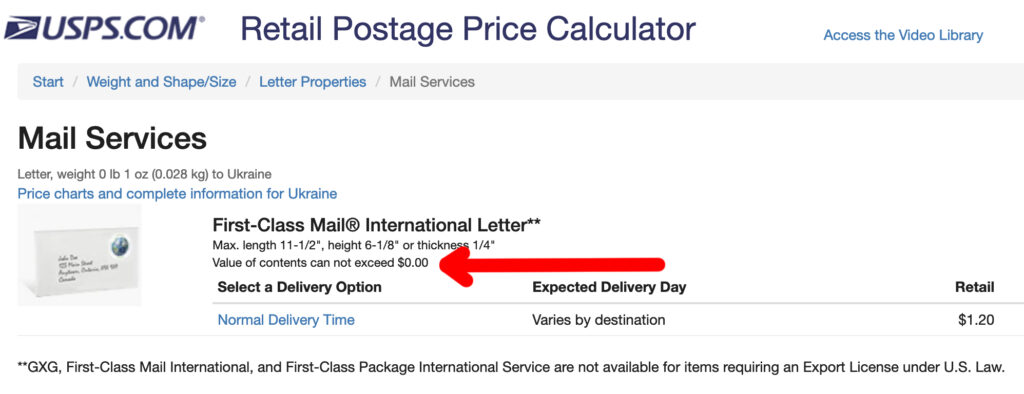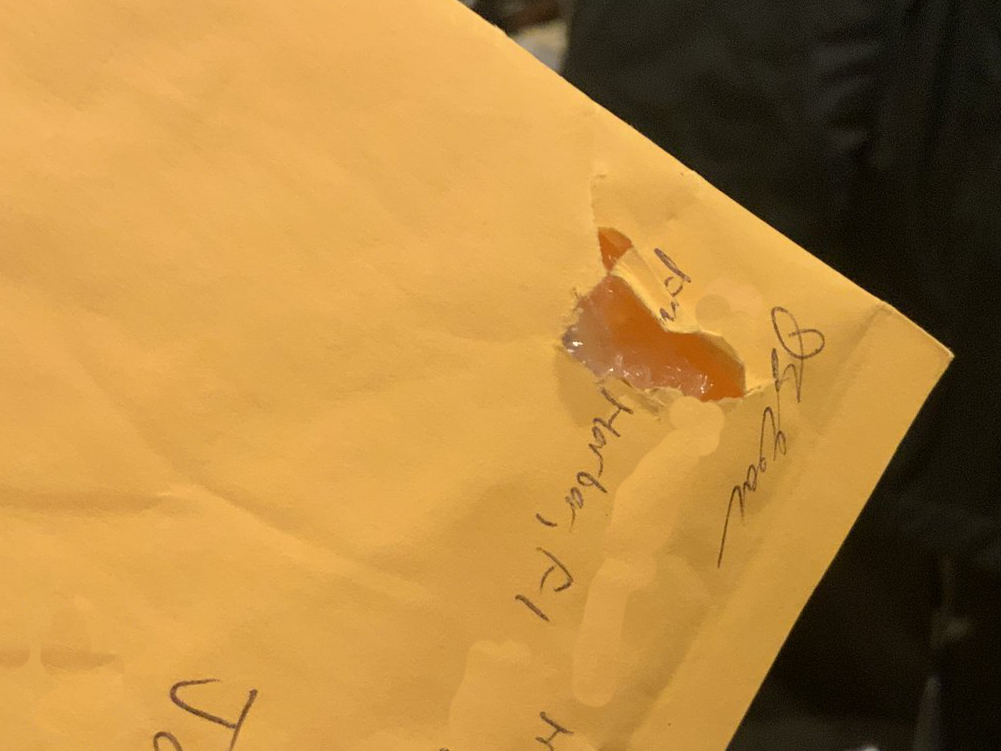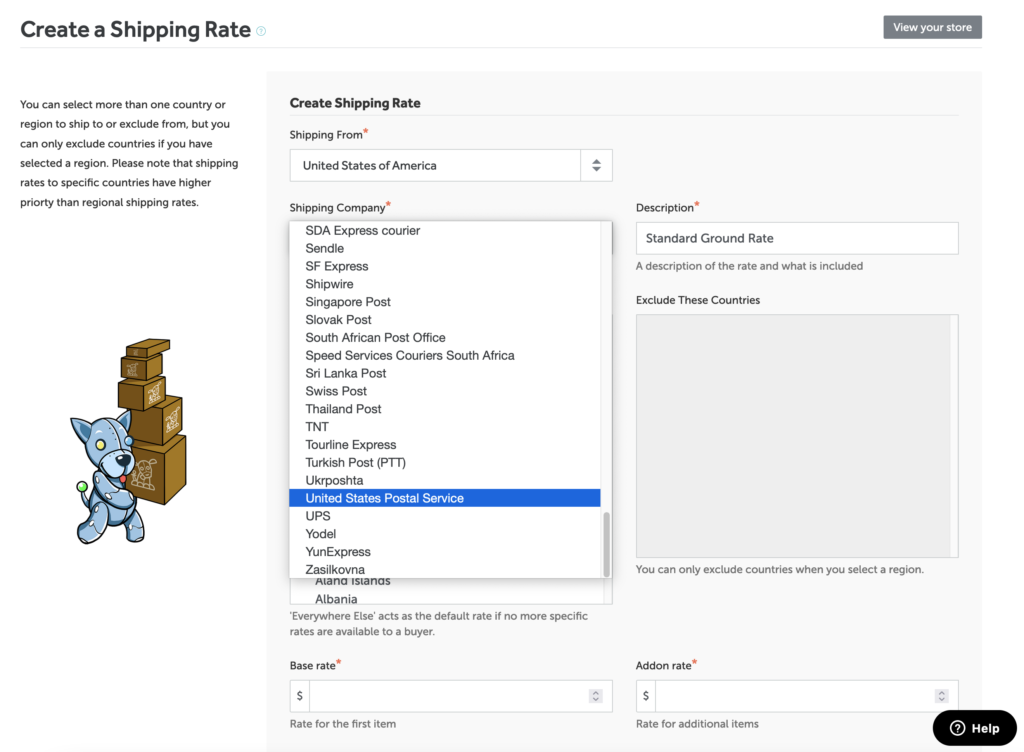I’ve written for Tindie–an online marketplace for indie electronics and other such gadgets–for several years. I’ve also maintained a marginally active store there, but my journey as an online seller didn’t really start until September of last year. After a bit of prompting, I put my EZ Fan Raspberry Pi fan control PCB up for sale there (V2 is linked), which makes it “EZ” to control Raspberry Pi cooling fans.
My Experience Shipping
My original EZ Fan board, which used through-hole components, was small and somewhat successful. I wondered, however, if with surface-mount components and low-profile headers I could make it so small that it would fit inside a standard envelope for shipping via USPS via a single stamp. To qualify as a standard letter, an envelope’s thickness needs to be a maximum of 1/4 inch, and the weight needs to be an ounce or less. Both seemed reasonable with a bit of work.
Shipping as a Letter: Too Clever by Half?
Sometimes is great and needed, but other times there is a reason “we’ve always done it this way.” While I was generally able to get boards to customers in an envelope, as you’ve probably guessed, damage was also possible during the process. I don’t think this happened often, but even if it’s very intermittent, damaged goods are not great for your reputation, and a basic envelope is likely not what the customer is expecting (plus it took a bit of work to get things lined up correctly in their cardboard sheath).

Secondly, while it appears that this method is acceptable for domestic mail–consider that there’s little difference between such a product and an electronic greeting card–the USPS international letter rate is specific about the contents’ value being $0.00. While one could put the appropriate international postage on a letter-shaped package and see what happens, it appears you’d be skirting the restrictions.
Of course, this refinement process wasn’t entirely a bad thing, by designing my product around postage restrictions, this also made my board even smaller. This characteristic is quite beneficial for their intended use as a sort of low-profile inline signal amplifier.
Machine Printed Labels, Padded Mailer

Hand writing labels on each package isn’t optimal either. While one might argue it gives each package a personal touch, I thought it looked a bit unprofessional. Plus I don’t particularly enjoy producing my scrawling print anyway. One alternative is to copy order details from Tindie and print it out, then cut it to shape and tape it on before applying postage. That, however, hardly seems worth the effort.
One could also print the packing slip, clip it to each package, and take it to your local post office or private mailing outfit. Taking it to such an establishment gives you the benefit of guidance on rates. It also means taking a trip somewhere and spending your valuable time.
While there are likely other similar operations out there, I started using a service called Pirate Ship to purchase my USPS postage. They’ve got a very streamlined setup, allowing me to copy addresses from Tindie, paste on their site, and print labels. Initially, I printed them out on a standard 2D printer, which works acceptably when dealing with a small number of packages.
Label Printer: A Logistics Super Power
Printing out labels that need to be cut and taped to an item is OK, but being able to copy/paste/buy/print/slap label on package with tracking is truly an amazing feeling. It’s as if I’ve obtained some sort of new teleportation power, allowing me to send packages at will to a far-off land. To temper this enthusiasm, the reality is that the $100-$150 for a label printer (mine, Amazon) will take a long time to pay off in terms of saved labor.
Am I happy with my purchase? Definitely. Is it the right choice for you? That depends. In reality, I should probably factor that, as well as shipping materials, and even my “handling” into the shipping rate, though I suspect few Tindie sellers consider this thoroughly.
Conclusion

So that’s my experience so far shipping from the US domestically and to other countries. Two wrap things up, I’ll say that:
- It’s an amazing feeling when people want to spend their actual money on a product that you designed. With the proper setup and inventory, when a purchase is made you have to do little more than click a few buttons, drop purchased items in a package, and get paid.
- While international shipping can be expensive, I’ve been pleasantly surprised that a sizeable portion of my orders are from outside the US. If you’ve got a product to sell, don’t forget to set up a few international options!
All that being said, one question still lingers for me. If there is a way to ship things more cheaply than the tracked USPS rate, is saving a few bucks worth a bit more ambiguity about when it will show up? Is it worth the potential hassle of lost packages on my end?
Feel free to ping me with your thoughts on this shipping question via Twitter @JeremySCook, or you can email me: hi@jeremyscook.com. I’m planning to publish a more generalized version of this article on Tindie’s blog, so if you have any other tips, do let me know and perhaps I can share them there!
For even more discussion on selling and shipping on Tindie, The Creativity Podcast–of which I’m a host–had head Tindarian Jasmine on recently to discuss the finer points of this pursuit!
*Note that Amazon links are affiliate, meaning I get a small % of purchases. The printer, however, is fantastic. FYI, it comes with a small sample roll of labels, but I just changed to this full-sized roll (Amazon), which seems to work well.
